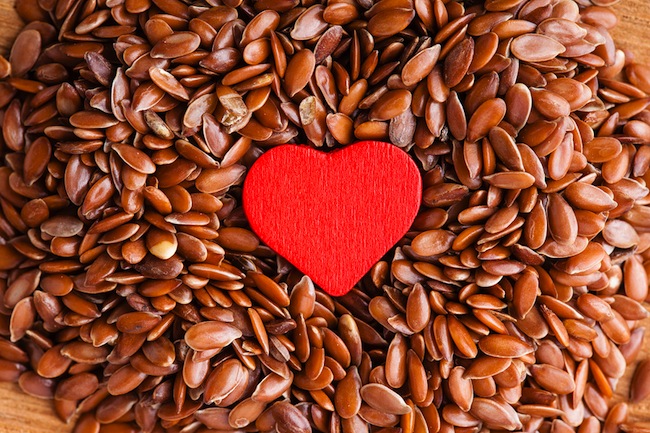- Make It Yourself Lavender Heart-Shaped Bath Bombs!
- 20 Things You Never Knew About “Down There”
- 12 Best Foods For Those Suffering From Arthritis Pain
- 12 Personal Hygiene Mistakes Almost Everyone Makes (Mom Never Told You About #4!)
- 15 Medicinal Plants And Herbs From The Cherokee People
- 12 Mind-Blowing Benefits Of Drinking Coconut Water During Pregnancy
- 12 Outstanding Winter Foods That Won’t Fatten You Up Like A Christmas Turkey
Could Your Favorite Foods Be Poisoning You?

Photo credit: bigstock
Most people do make genuine efforts to make healthy and safe food choices every day. However, despite our best efforts, sometimes what we think is something healthy is actually causing us great harm. Some plants, as well as some animals, absorb toxins from their environment, such as cadmium, much more easily than others. This means that we should try to avoid these common foods that are contaminated with cadmium, in order to prevent more serious health problems later on.
For about the past 10 years or so, flax has been touted as a super healthy food. It contains large amounts of those healthy omega-3 fatty acids, fiber, and high levels of lignins. Women who hope to avoid becoming a breast cancer statistic have been eating these seeds and taking supplements after reading that flax has protective phytoestrogens. Unfortunately, researchers have also recently discovered that flax has cadmium, which is well-known for causing kidney problems, heart disease, osteoporosis, and the very breast cancer many women had hoped to avoid. It’s the soluble fiber in flax that increases it’s absorption of cadmium. The very plant itself sucks up cadmium from the land, and becomes a part of the plants fibers.
Cadmium is an extremely toxic metal that has a very low permissible exposure limit. In fact the exposure limit is so low that toxic levels can be reached even in situations where only trace quantities of this metal are found. The buildup of cadmium levels in our air, water, and soils have been occurring regularly, particularly in areas where there are industrial plants. Over exposure to cadmium has been a severe problem in Japan where people are eating rice that was grown in rice fields irrigated with cadmium contaminated water. This is so common that the Japanese have a name for this phenomenon: itai-itai disease.
SEE ALSO: 15 Ways to Help Your Body Fight Toxins
Flax that is planted in soils that have heavy contamination are, naturally, the ones that pose the biggest health threat. In certain parts of Canada, where most of the world’s flax plants are grown, the soils generally have high levels of cadmium. Two other large growers of flax, South and North Dakota, also have fields with high levels of cadmium. Of course, as you can imagine, China and India, are sure to have contaminated soils. In general, foods are not tested for heavy metal contamination, so that “certified organic” label you rely on is basically worthless when it comes to the amount of cadmium found in flax and flax seeds.
Continue to Page 2
































